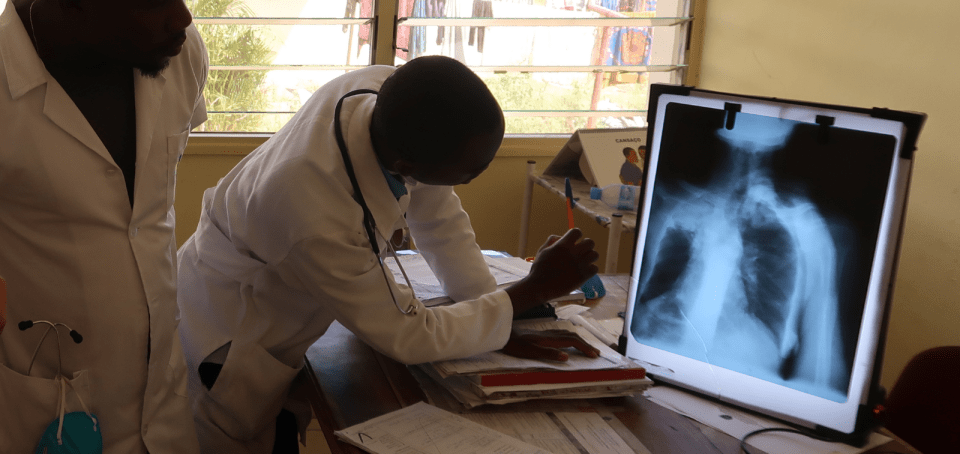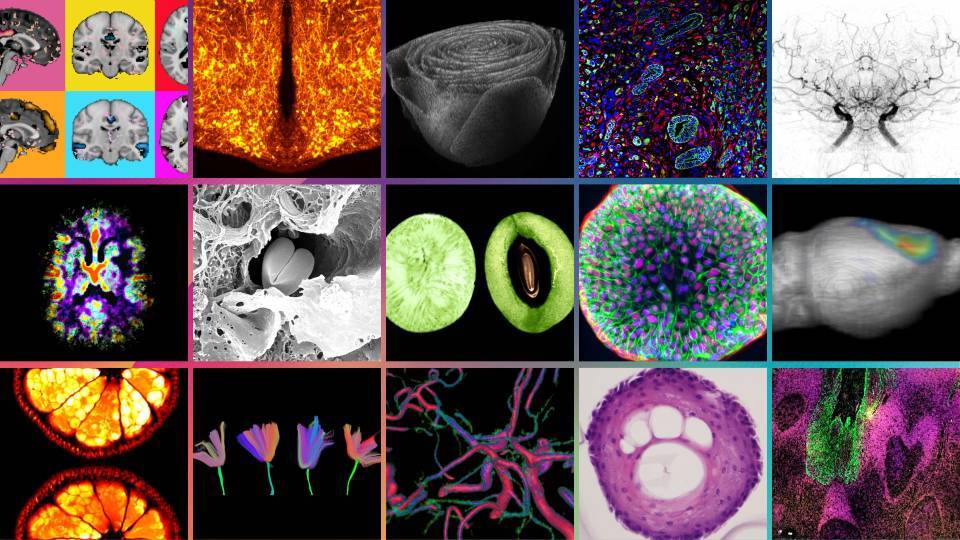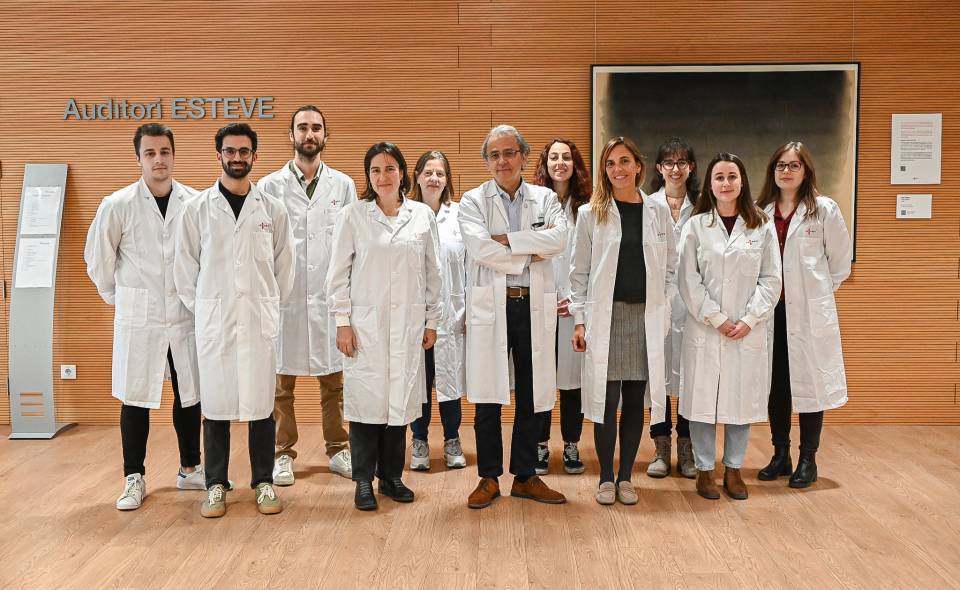Liver fibrosis occurs when the liver is damaged or exposed to continuous or frequent pro-inflammatory stimuli. In this pathological context, the liver carries out an internal healing of the wound, which is known as liver fibrosis. If the wound is small, the liver can heal and return to its normal structure and functioning. But if the wound is large and occurs continuously, the repair or scarring of the damaged area leads to a destruction of the internal structure of the organ, which affects its ability to regenerate and function properly, resulting in diseases such as cirrhosis.
Although this disease is diagnosed through imaging techniques, blood tests, liver biopsies, until now, the treatment employed by clinicians focuses on attacking its origin or cause without delving into the methods or techniques to heal the scars directly generated by such causes.
Interested in finding a solution to this, Manuel Morales-Ruiz, researcher of the Translational research group in new therapeutic and diagnostic strategies in liver diseases at IDIBAPS-Hospital Clínic and CIBERehd, together with researchers Miquel Navasa and Wladimiro Jiménez of the same center, initiated a collaboration with the research group led by ICREA Prof. at ICFO Romain Quidant, expert in photonics and topics related to gold nanoparticles and plasmonic photothermal therapies.
The studies carried out between both groups allowed them to recently present a pioneering study during the annual CIBERehd day 2019 entitled “Plasmonic photothermal therapy with gold nanorods for the treatment of hepatic fibrosis in mice”. The results obtained have been of such interest that the study has been selected and awarded in the category of basic research by CIBERehd.
For this particular study, the technique employed by the researchers focuses on using light and gold nanoparticles (GNR) to treat Hepatic Stellate Cells (HSC), which are the main source of the extracellular matrix in fibrotic livers. These nanoparticles are injected into the liver and, when chemically modified with specific antibodies (GNR-AbPDGFRβ), they seek to adhere to these hepatic stellate cells. Because they have unique photothermal properties, when irradiated with visible light, these nanoparticles cause the free electrons of the metal to experience a collective oscillation within the metallic network, known as surface plasmonic resonance. The vibration, originated by light, attenuates and dissipates its energy in the form of heat, generating a cellular ablation by heat, limited to the nano-scale – a unicellular affectation.
In order to verify the consistency of the technique, the experts conducted the study in mice. During the first 5 weeks, liver fibrosis was induced in a group of mice. At the end of this phase, the gold nanoparticles with the specific antibodies were injected into the animals and by means of various imaging technique,s the researchers ensured that these were located in the liver. Ten days after the injection, they proceeded to irradiate the area with visible light to heat the nanoparticles and generate plasmonic resonance. Five days after the irradiation, they observed that the fibrotic mice treated with GNR-AbPDGFRβ showed a significant decrease in liver fibrosis and serum markers of liver damage compared to those that had not received the dosage of nanoparticles with antibodies. The post-doctoral researchers, and first authors of this study that have achieved these accomplishments are Drs. Jordi Ribera and Clara Vilches.
Such results have been able to demonstrate that plasmonic photothermal therapy with gold nanoparticles, modified with antibodies and irradiated with visible light, has reduced fibrosis and hepatic inflammation, thus confirming the feasibility of the therapy as a strategic antifibrotic method.
“This work illustrates the transversality of the plasmonic photothermal technique and demonstrates its potential beyond oncology and disinfection. Despite the very promising results of this proof of concept, the path to the clinic remains long-term. Future studies will focus on verifying the absence of long-term gold nanoparticle toxicity and optimizing treatment conditions to improve its effectiveness, ”Quidant remarks
The study has been funded by the Cellex Foundation and the Ministry of Science, Innovation and Universities (SAF2016-75358-R), among other entities involved.
Clínic Barcelona
Clínic Barcelona
Research
December 4 2019
2019-12-04
Liver fibrosis could be treated with gold nanoparticles
Researchers at IDIBAPS, CIBERehd and ICFO implement gold nanoparticles and plasmonics to treat liver fibrosis in mice.

Keep reading about:



